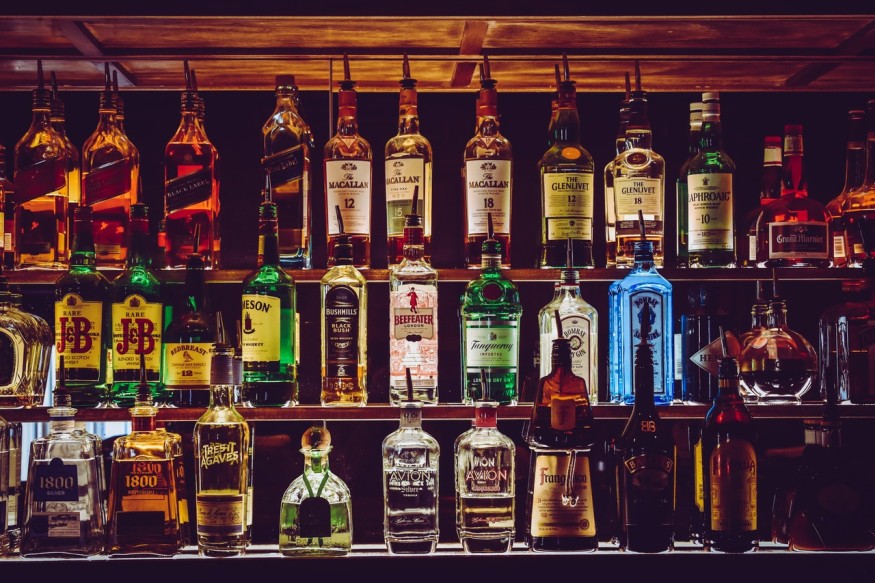
Prevention of alcoholism is a set of measures aimed at preventing the formation of painful physical and psychological addiction to alcohol. It is necessary to eliminate all risk factors for the development of the disease, to prove in evidence the harm that the consumption of beer, vodka, table wines causes to the body.
Many alcohol users eventually ask themselves the question: how to completely abandon the bad habit? Before taking drastic action, it is important to examine various alcoholism treatment options for quitting this bad habit. By eliminating alcohol from your life, you can significantly improve its quality. However, you need to choose the right strategy.
Prevention of alcohol dependence among young people is especially effective. At this age, alcoholic beverages have not yet become part of the usual way of life, a kind of substitute for positive emotions - joy, happiness, and love for loved ones.
Main Tasks of Alcoholism Prevention
The higher the standard of living of the population, the more widespread alcohol dependence is. All diseases, including alcoholism, are easier to prevent than to cure them for a long time along with the complications that have already arisen. Therefore, so much attention has recently been paid precisely to the implementation of preventive measures in schools, colleges and institutes, hospital institutions. Their main task is to form a negative attitude of a person to alcohol of any strength.
Principles of Alcoholism Prevention
This disease develops gradually. The provoking factors include mental characteristics, social environment, national and family traditions, genetic predisposition. Children with alcohol abusers are much more likely to become alcoholics than non-drinking parents. When determining prevention methods, all factors that predispose to the emergence of addiction must be taken into account:
The presence of problems with physical health, psycho-emotional instability
Inability to withstand the pressure of the people around them, who are persuading to drink alcohol
Personality traits, for example, low intelligence, self-doubt, a gloomy vision of life prospects
Constant domestic conflicts, the desire to be at home as little as possible among family members
Relatively low standard of living, constant lack of money
Poor academic performance, frequent conflicts with peers in adolescents
Lack of career growth, inability to provide for the family
During the prevention of alcoholism, convincing arguments are necessarily used to raise self-esteem. The emphasis is on the possibility of obtaining both basic and additional education. This will increase income, travel, and practice your favorite hobby. People who find themselves in a difficult life situation will be offered the necessary help, including psychological.
Types of Alcoholism Prevention
Secondary prevention is a set of measures among adults aimed at reducing the craving for alcohol in people who are already drinking, regardless of the level of personality degradation. They tend to justify their need for alcohol, shift responsibility for their drinking to family members or bosses. Some use energy drinks too and mix alcohol in it and they do not let others know. It is required to break these stereotypes, to help the person independently make a decision to quit drinking.
Primary preventive measures are used among children and adolescents. Many of them have not yet consumed alcohol, so strong evidence of its harm can make him disgusted. The solution to this problem only seems easy. At any time, provoking factors can make adjustments like pressure from authoritarian peers or difficulties in communicating with parents.
Difficulties in Quitting Alcohol
It is worth consulting with your doctor about how to properly stop drinking. Even if the addict believes that, the task is feasible for him. Sometimes the patient is mistaken; he cannot correctly assess his condition, the stage of dependence. To check how much the body is accustomed to the constant use of alcohol, you should take a short pause.
For example, if you managed to restrain yourself within 28 days, the situation is under control. Sometimes this break is enough to form a habit. Preparing for complete rejection is important. Often a break of 1 month is too long; the patient is not able to withstand it. In this case, it is worth starting with shorter periods. For example, 5 or 7 days in a row. This method will help maintain self-confidence.
Bottom line
A complete alcoholism treatment is a long and complicated process. It is important not to stop half way; usually it takes at least 5 years. According to statistics, only 1 in 10 people relapse.
© 2025 NatureWorldNews.com All rights reserved. Do not reproduce without permission.





